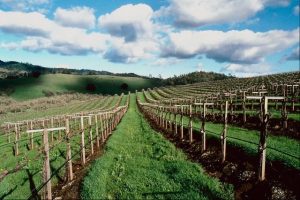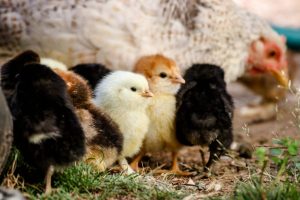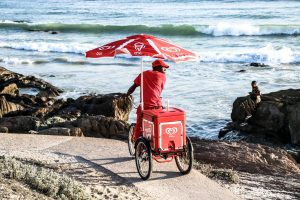Fish farming or pisciculture is not a new business in Africa. People have been rearing fish for subsistence and commercial purposes. Africa is endowed with aquatic resources making fish farming a lucrative business idea. There are freshwater lakes, swamps, ponds and rivers where people can rear fish. If you can rear freshwater fish in large quantities, you can export to most European countries. This is what you need to know to start fish farming in Africa.
Decide the Nature of Your Fish Farm
The first thing you need to decide is where to rear fish. There are many areas you can rear fish ranging from rivers, lakes and ponds. The best way to rear freshwater fish is through fish ponds. As such, you need to design your fish pond. When designing a fish pond, consider the following factors.
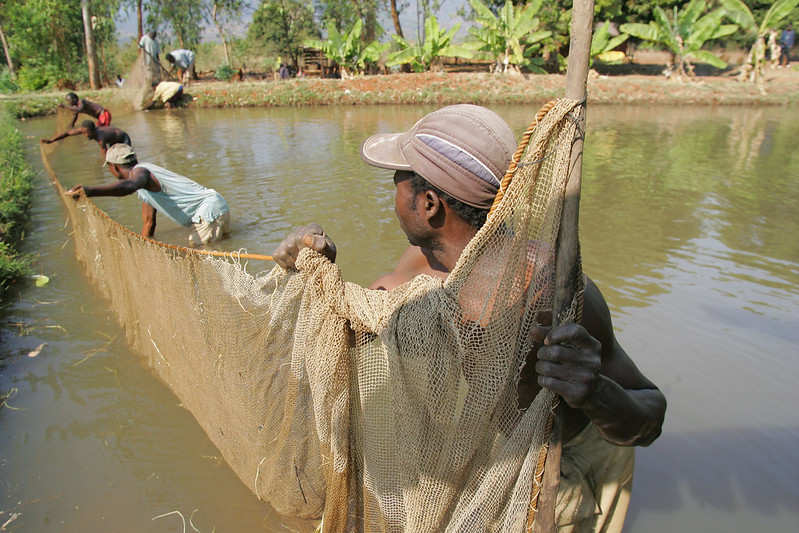
Source of Water
You need to look for a source of water for the fish pond. There should be an inflow and outflow of water. Inflow and outflow should be at the same rate. Water inflow ensures that there is a high oxygen concentration in the water. Moderate water outflow prevents important algae from getting flushed out of the pond.
Size, Depth and Shape of the Fish Pond
The shape and size of your fish pond depend on the number of fish you want to rear. Moderate depth is the best for a fish pond. Ensure that the shallow end is at least 0.5 meters. When the pond is too shallow, it can get invaded by weed and fish will risk being eaten by predators. If you are rearing big fish in large numbers, consider a big fish pond and if you want to rear fingerlings, consider a small pond.
Soil Type
The type of soil is essential when constructing a fish pond. Topsoil should not be used to build a fish pond since it contains organic materials that are not good for fish. The type of soil to be used should have at least 20 percent of clay soil to ensure high water retention. Rocky and gravelly soil should not be used to construct a fish pond.
Fish Pond Land
These are some of the factors you need to take into account when selecting a piece of land for your fish pond.
- Select relatively level land. Sloppy land is not suitable for fish pond due to high water runoff.
- Do not construct a fish pond in polluted areas or flooded areas. Otherwise, your fish will escape from the pond.
- If possible, the fish pond should be located at a lower level than the source of water.
- It is best to source fish pond water from sources like rivers, streams, lakes and springs.
- Ensure that the soil type on the fish pond land can hold water for a long.
- Also, ensure that the fish pond is near a market so that you do not have to transport your fish for long distances, which reduces their quality and save you money.
- Refrain from constructing a fish pond near crop fields since most chemicals and fertilizers used in crops are harmful to fish.
Fish Species to Rear
Some fish species do well in most African countries like Nile Perch, Tilapia, Trout and Catfish. Consider the food that each fish feeds on and determine if you can get its food. For instance, Nile Perch feeds on other fish, insects and crustaceans. The tilapia feed on phytoplankton, detritus and zooplankton.
Tilapia is one of the most profitable fish to farm because of its rapid growth, large size and one of the easiest fish to grow. Catfish is also a good choice especially for beginners because of its taste and the ability to resist diseases and parasites.
It is also essential to consider the climatic conditions under which each fish species can grow in. Some do well in cold areas and others in hot regions.
Factors to consider when selecting fish species to rear.
- Fish species with high demand in the market.
- Fish species that mature within a short time.
- Fish species whose feeds are readily available.
- Fish species that can grow under climatic conditions in your area.
Fish Feeds
The fish feeds you can give to your fish include crumble, dry sinking pellets, and moist sinking pellets and floating pellets. You can prepare fish feeds manually. To do so, you need to understand the nutrient concentration that the fish need. For instance, you need around 40% of cottonseed cake, 50% of wheat bran and 10% fresh shrimp.
Make sure that you feed them enough, at the right time, right quality and nutrient concentration. Make sure to feed them between 10 am and 4 pm when the fish are active and there are high levels of dissolved oxygen concentration.
Collecting Fish
Different fish species have different maturity ages. Research and know when the species you are rearing can be harvested. You can harvest the fish from the pond by either emptying the existing water or using a net.
Common Mistakes Made by New Fish Farmers
Fish farming requires intensive research to avoid common mistakes made by new fish farmers and reduce risks. Some of the common mistakes made by beginners include the following.
- Too little water flow.
- Stocking too many fish.
- Using low quality feeds to save money.
- Poor aeration.
Final Word on Fish Farming
The main challenge in fish rearing comes when you are getting started. Once you have constructed a fish pond and introduced fish into it, the rest is easy. Market your business so that you have a ready market once the fish are mature.
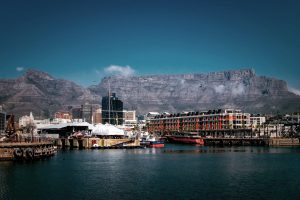



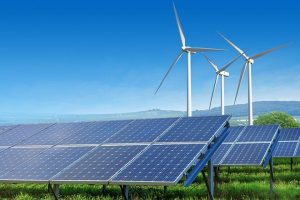


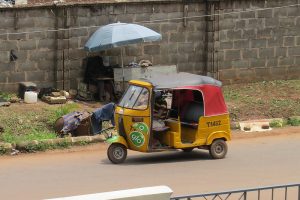
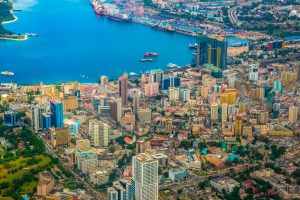
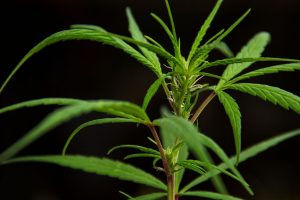
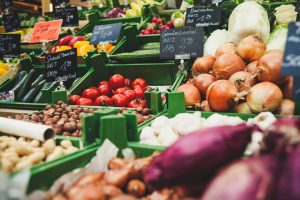
![How to Grow Hemp for Industrial and Medicinal Use [Beginner’s Guide]](https://businessideas4africa.com/wp-content/uploads/2020/11/vpfehvi5ue4-scaled-300x200.jpg)

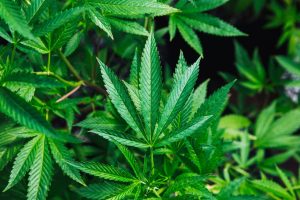
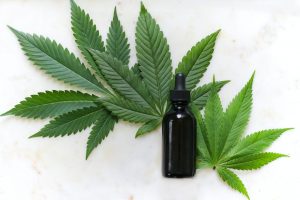
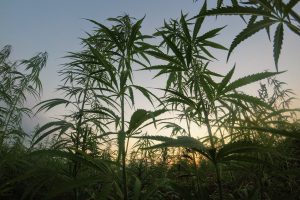
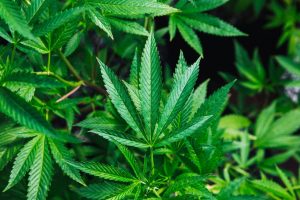

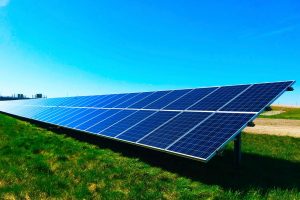
![Starting a Lucrative Hemp Farming Business in Zambia [Interview]](https://businessideas4africa.com/wp-content/uploads/2020/10/pgc9vid8o24-scaled-300x200.jpg)


